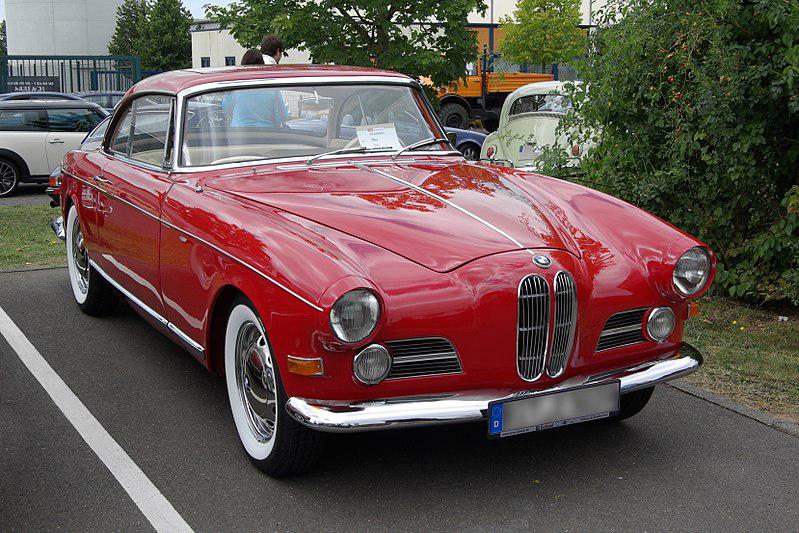The German based company of Bayerische Motoren Werke, more formally
known as BMW got its start from the merger of three other manufacturing
companies coming together in 1916. Initially the company produced
aircraft engines but were forced to cease production per order of the
Treaty of Versailles. Then producing various farm equipment, railway
brakes, household items, motorcycles engines, and other small
manufacturing pieces in order to stay in business. In 1929, after the
purchase of Fahrzeugfabrik Eisenach who produced Austin Sevens, BMW
began manufacturing cars. At first turning Austin Seven cars into
6-cylinder luxury vehicles, with the first car produced entirely by BMW
arriving in 1932 still influence by its Sevens predecessors. The BMW 328
was released in 1936 with its own redesigned 2-liter overhead valve
6-straight petrol engine the M328. The 328 experienced instant race
success at its introduction in the Eifelrennen race, and more in the
following years with more than 100 wins in 1937.
During the start of World War II in 1939 production of cars had ceased, BMW had shifted its focus to aircraft engines to supply the German war machine, with motorcycle production as a side. After the war was completed in 1945 BMW returned to making household items and bicycles in order to survive the financial struggle Germany faced after the war. Motorcycle production restarted in 1949, and automobile production of pre-war BMWs in the Soviet controlled East Germany began shortly after but halted again in 1955. Still facing financial struggle and the lack of sale from the BMW 501, BMW began manufacturing the Italian designed Isetta. The Isetta was a smaller more economic car, with a much smaller price tag compared to other BMW models, producing more than 10,000 the first year. During the end of the 1950's BMW moved more toward family vehicles and was the first use of the semi-trailing arm.
After investment from Herbert Quandt, success of the BMW 700 help holds BMW up until the unveiling of the BMW New Class. The success from the New Class product line proved worth as BMW was able to regain its footing and establishing BMW as a player in the sports car game. By 1963 this company had completely rebounded and was able to provide dividends to shareholders for the first time since World War II. In 1966 BMW acquired Hans Glas for the ability to use its timing belt with an overhead camshaft, its factory, and an influx of specialized workers and highly skilled engineers. BMW continued its success, developing new and exciting technology and classes of vehicles, for instance producing their first mid-engine car, the 1978 BMW M1. The M1 was the first road car produced by BMW motorsport division.
Click here to see if you qualify for the 1959 BMW 503
Call us at 1-800-USA-1965, or fill out our online application form.
